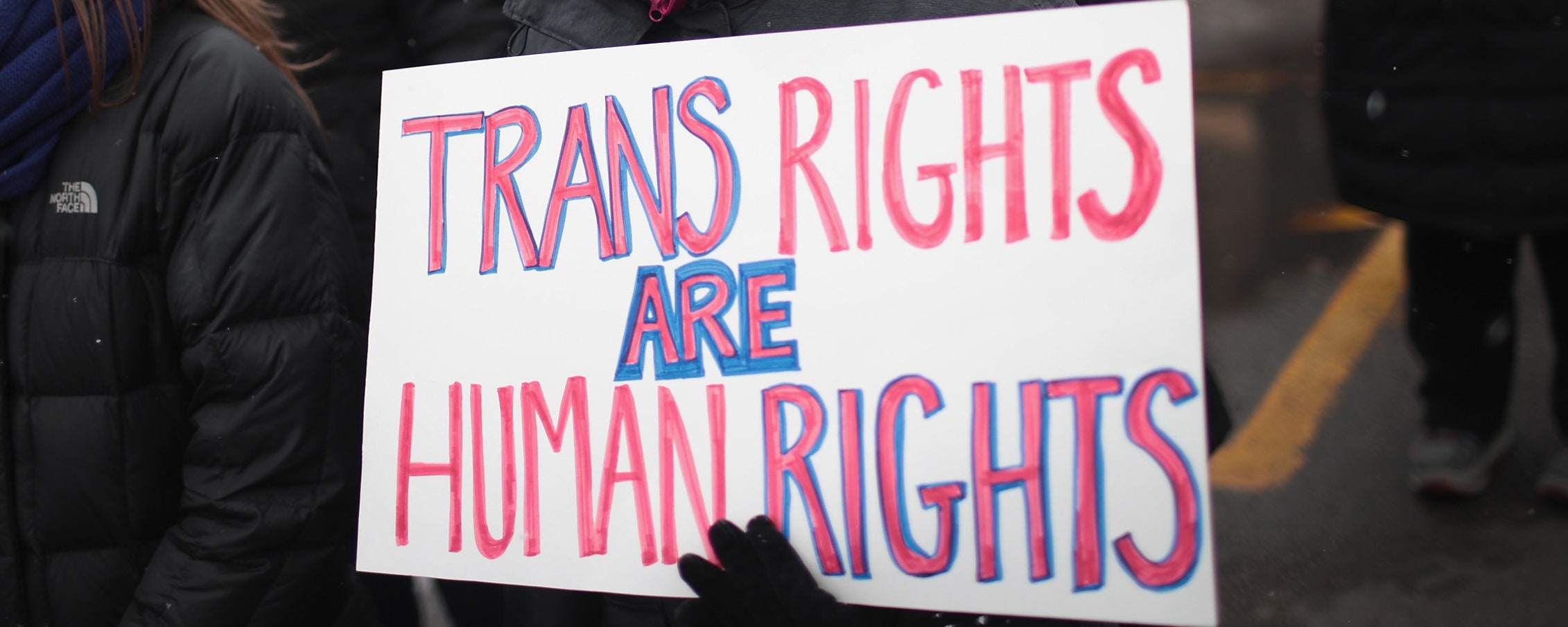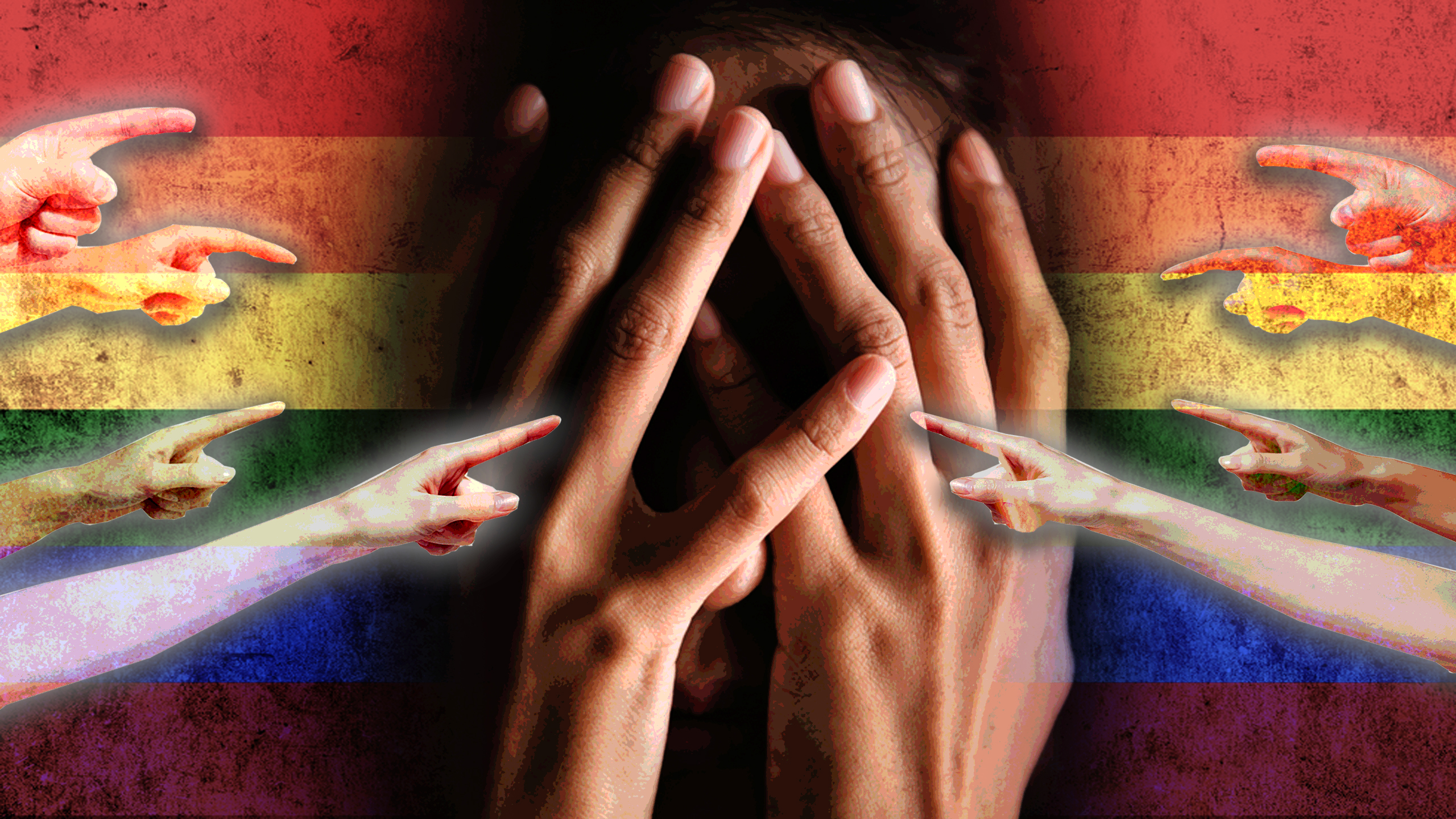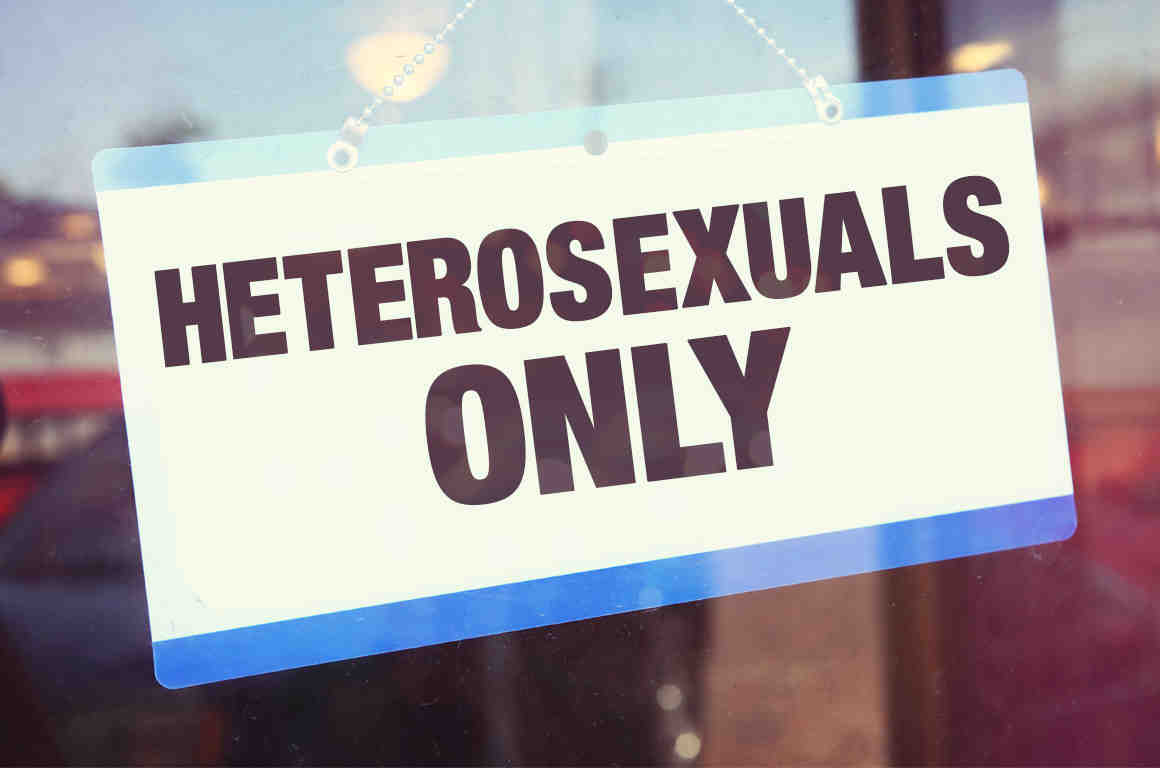In part one of this article, we looked at the UK’s Equality Act of 2010 as an example of the legislation that protects transgender people from discrimination. This article is a continuation of that, where we will explore the different types of gender reassignment discrimination this piece of legislation aims to protect against. There are four types of gender reassignment discrimination that we will look at, starting with:
Direct Discrimination
This is what happens when a transgender person is treated worse than a non-transgendered person in the same situation. In a workplace context, this could be an employer transferring someone off their current role to prevent them from having in-person contact with clients simply because the employee has decided to spend the rest of their life as a different gender.
Another way that direct discrimination would be if the employee is paid less for taking time off for gender reassignment surgery than they would have been if they had taken time off due to illness, or is refused time-off for counselling when they would have been granted the same time off to attend a funeral for instance. However, this is only considered discrimination if the employer is acting unreasonably. For instance, if a non-transgendered employee would not be granted leave during a busy period for any reason, a transgendered employee cannot reasonably expect to be granted leave during the same period, regardless of the reason.
Indirect Discrimination
This type of discrimination is what happens when a business or organization has a policy or specific way of working that disadvantages transgendered people. However, there are nuances to this, and there are instances where indirect discrimination may be permitted, provided that the company shows that there is a valid reason for the discrimination. How you may ask? Let us consider the following example:
Let’s say that a local health authority decides that it will not fund cosmetic surgery of any kind. As a result, the health authority does not provide breast implants to a woman undergoing gender reassignment surgery, despite the woman claiming that this is essential to making her look more feminine. While this decision does put transgenders at a greater disadvantage, there is no discrimination since no cosmetic surgery is being funded for non-transgendered women either.
Harassment
As we all know, harassment is when a person is made to feel humiliated, offended or degraded, and can never be justified. For a transgendered person, this could be in the form of being referred by the wrong pronouns despite being corrected several times. For example, a transgendered woman going to a restaurant where the wait staff continues to refer to her as ‘Sir’ and ‘he’ despite the woman pointing out the error.
If the restaurant can prove that it did everything it could to prevent its staff from offending patrons, it is safe from prosecution, although the woman here could still make a claim against the staff directly.
Victimization
The last type of discrimination that the Equality Act protects against is if anyone (transgendered and non-transgendered alike) is victimized for making a complaint of gender reassignment related discrimination. For instance, if a transgendered person is being bullied by a work colleague, goes to complain to management and is subsequently fired for it, this is a form of victimization.
Circumstances When Gender Reassignment Discrimination is Lawful
As we previously mentioned, there are certain instances where a different treatment towards a transgendered person may be lawful. Here are three examples:
- Positive Action
If a business is taking positive action to encourage or develop transgendered people to join a field where they are under-represented or disadvantaged, current legislation considers this lawful. However, this should not fall into positive discrimination, where transgendered people are hired simply for being transgendered.
- Competitive Sports
It is lawful for a sports organizer to restrict the participation of transgendered people in the interest of fairness. For instance, transgendered athletes are excluded from women’s athletics as there is empirical evidence of the unfair advantage they are granted from being born male.
- Single-Sex Services
This one is a slight grey area, but the legislation stipulates that if you are attempting to use a male-only or female-only service, the business providing the service should treat you according to your chosen gender identity. Therefore, there are instances where a business can provide a different service, or refuse service entirely to someone who is undergoing, intends to undergo or has undergone gender reassignment. A good example of this would be nightclubs that run special promotions where girls enter for free, or receive free drinks. If a person identifies as male, even if they were born a female, the nightclub is within their rights to refuse that person access to the promotion.
We hope you found this article informative. Feel free to share your views in the comments below.



